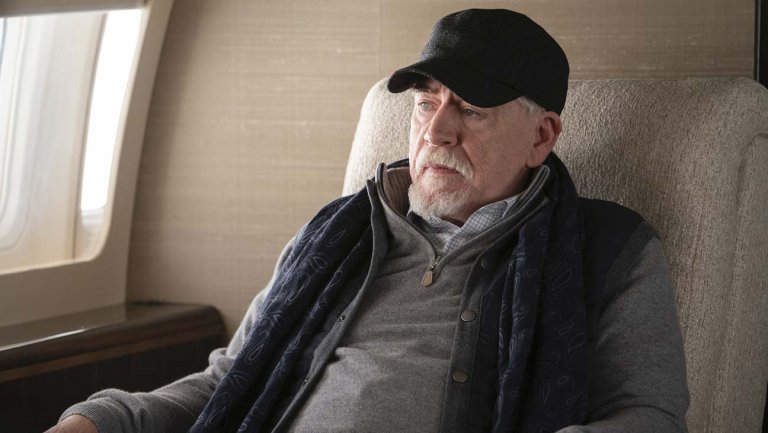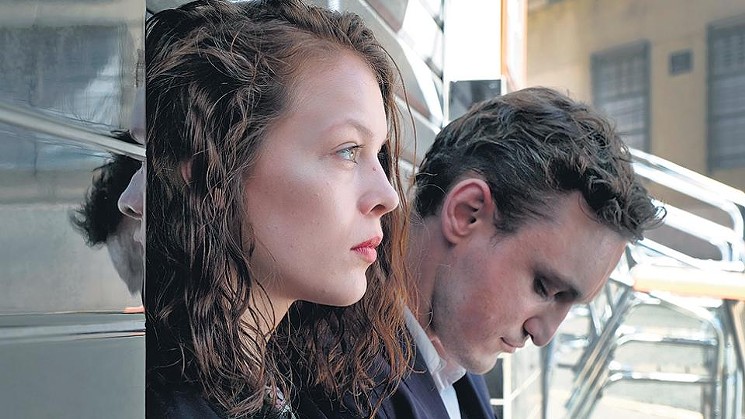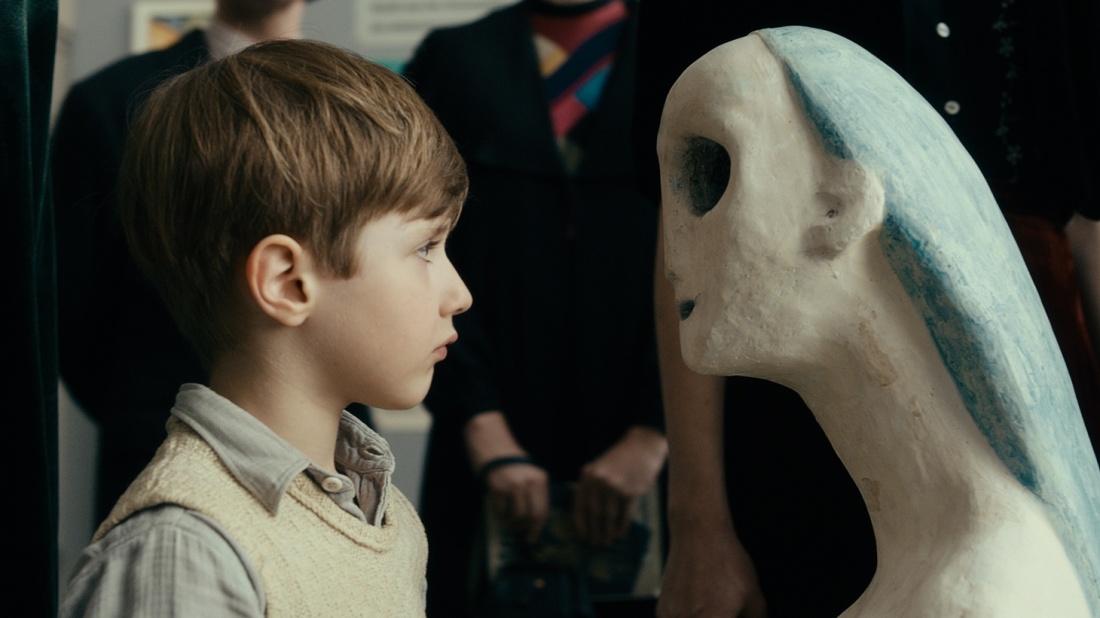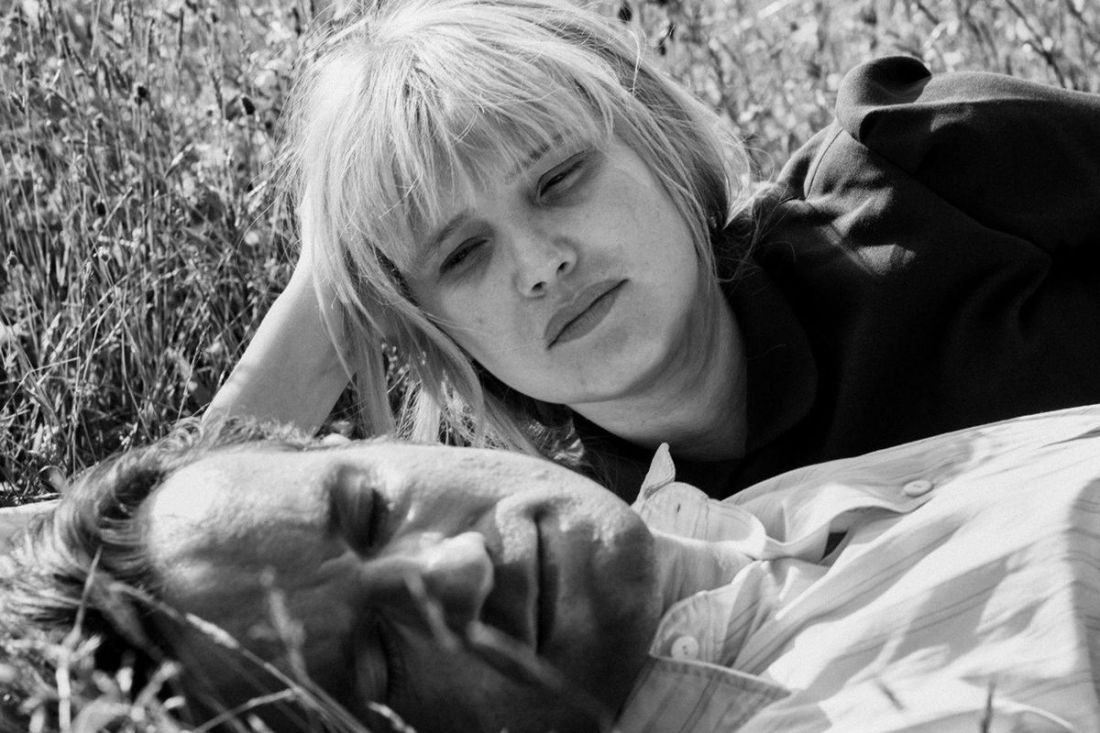
“Happy families are all alike, but every unhappy family is unhappy in its own way.” Right? Not so fast there, Leo. Whether you’re to the manor born or a lowly peasant, I’m pretty sure familial unhappiness can be distilled down to a few universal themes: Emotional distance, the struggle for power, and boundless ego.
If the first two seasons of HBO’s seriously addictive series Succession are anything to go by, unhappiness rules the day, whether the setting is a Hamptons estate, an English castle, or a Manhattan skyscraper. The trials and tribulations of the Roy family (not-so-loosely based on the Murdoch dynasty), have less to do with their immense wealth and Byzantine business dealings than with basic needs: A child wants to be heard, a father wants to be respected, a mother wants (perhaps) not be a mother. Ruled by the despotic Logan (played by Brian Cox, one of my favorites since Manhunter), Big Daddy to three sons and one daughter, husband to multiple wives, and owner of a media conglomerate roughly the size of Jupiter, the Roy offspring are alternately cowed in fear, plotting betrayal, or desperately seeking his approval.
In addition to the excellent Mr. Cox, whose eyebrows alone deserve their own Emmy, the cast features some familiar faces: Ferris Beuller’s best bud Alan Ruck as first-born loony Connor Roy, Eric Bogosian, as a Bernie-esque presidential candidate, and James “That’ll do, pig” Cromwell. They’re all excellent, as is the rest of the cast (Cherry Jones as the matriarch of rival news dynasty Pierce Media Group stands out, as does Kieran Culkin as middle-child-with-issues-galore Roman Roy.) The only false casting note is provided by Holly Hunter as a CEO of Logan Roy’s white whale Pierce. I like Holly a lot, but she just didn’t bring the verisimilitude of a major player to this role. Maybe she’s too darn nice.
Whilst compulsively binge-watching this engrossing and often white knuckle-tense series, I was reminded of Shakespeare’s family dramas (the Bard is even quoted by various characters.) The Greeks are also lurking in the background (Oedipus, anyone?), particularly in the Season 2 finale, which takes place on a mythic-looking yacht cruising the Greek isles (the moment when the gargantuan vessel sails past, dwarfing a pair of fishermen struggling with their nets in a tiny dinghy, deserves mention – the cinematography on this show is superb.)
Although the Roys/Murdochs represent everything I abhor, I kept asking myself why their dramatic rises and falls were so compelling – what sucked me in? I had put off watching Succession, falsely believing I had little interest in a bunch of super-rich spoiled brats and their evil-doing father. Season 1 got off to a bit of a rough start, with screenwriters relying too much on clever comebacks and endless “Fuck offs!”, but by Season 2 the edges had smoothed out, and I was completely invested. Although there is virtually NO ONE in this series that can be considered remotely “sympathetic”, you can’t help but get pulled into their lives, even if it’s only to play of game of “which character do you love to hate most”? Schadenfreude is part of it, but I think the series’ success is based on something more basic. Succession might be the most fascinating series since the The Sopranos (and that’s saying something), for the same reason The Godfather consistently ends up on “Best Films” lists: There’s something primal about a family narrative – starting from when Cain first picked up that rock. Why do we find them so compelling, even when the characters depicted have nothing in common with ourselves? It can only be because, whether you hail from penthouse or pavement, everybody haz one. We’re all looking for a mother’s love, a father’s approval. And all siblings are an existential threat.
Without giving anything away (believe me, much of the show’s appeal lies in its many surprise plot twists), I strongly encourage you to watch. You might think you have nothing in common with the Roys, but you’d be wrong. You might even recognize yourself in them, as I did.
Families. Amiright?





